Edible Flowers
Edible flowers are a unique way to add interest to any culinary dish.
While we have provided this guide to show flowers which may be edible it is important to remember the following:
- Correct identification is of the utmost importance. We have done our best to provide as accurate of information as we can, but it is important for you to seek your own information and/or consulting a professional before consuming anything from the garden.
- Not all parts of all listed flowers are edible. Some flowers may have edible petals, but toxic seeds, stamens, or leaves, etc. Ensure you are seeking further information before consuming any parts of any plant.
- Never experiment by eating plant parts unless you are absolutely sure they are harmless.
- Consult a reliable reference for edible flowers such as the AMA Handbook of Poisonous and Injurious Plants published by the American Medical Association.
- Do not consume any plants that have been sprayed by pesticides or other chemicals.
- Every person has different dietary reactions. Even if something is listed as edible, it may not be for everyone.
- Many groups of plants have similar genera/species, some of which are edible and some which are not. This includes, but is not limited to, begonias, geraniums, peas, marigolds, etc.
Check out this guide from the University of Minnesota for more information about edible flowers.
West Coast Seeds Edible Flowers Guide






